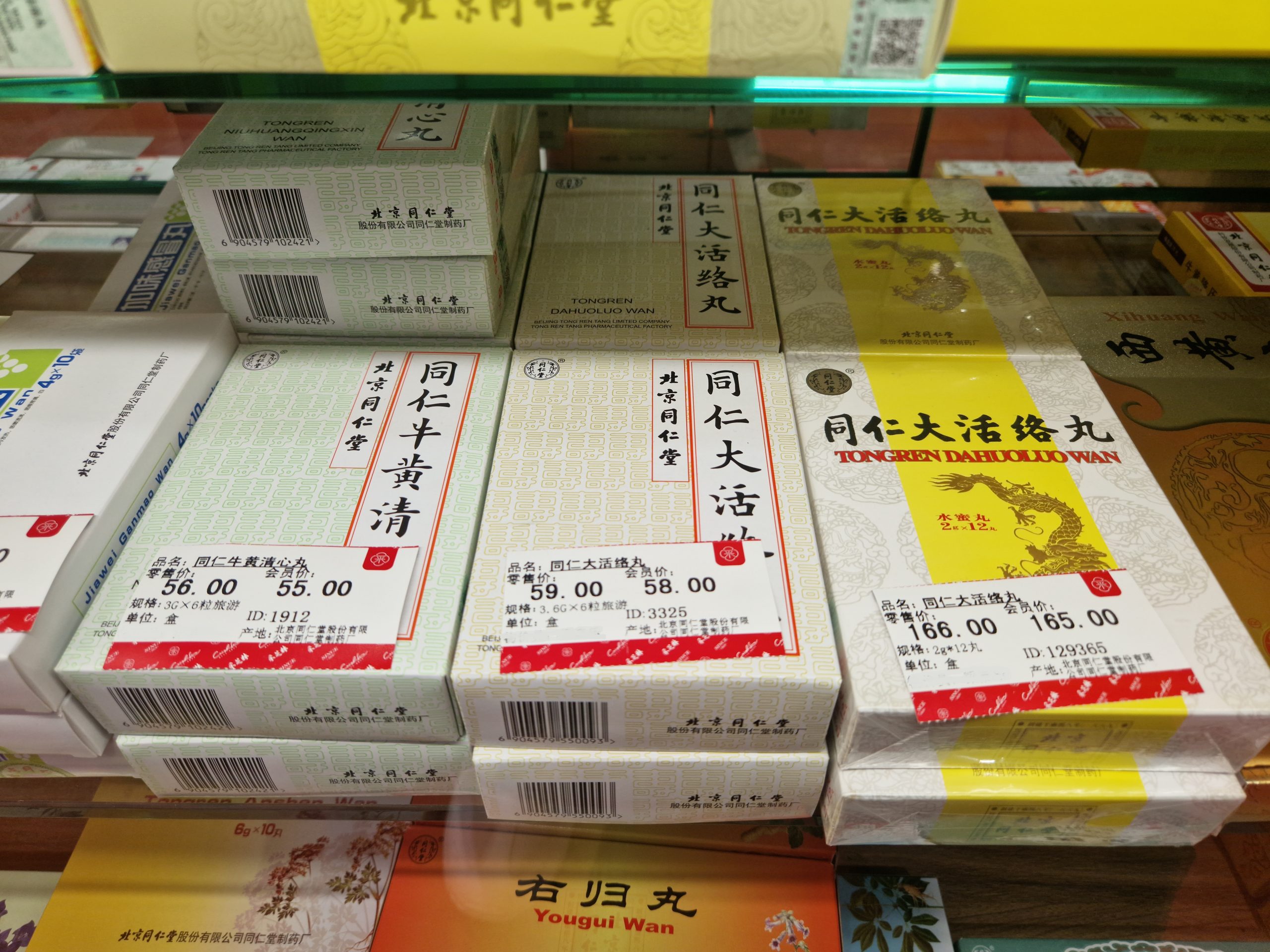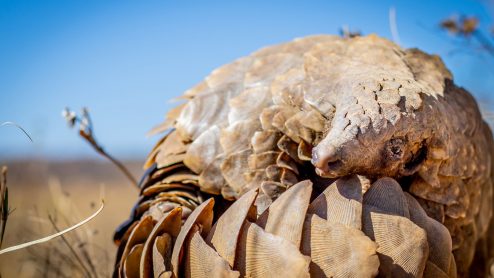‘Heartening’ indication China is moving towards ending use of threatened wildlife in traditional medicine
A proposal to promote the development and use of substitutes for endangered animal and plant ingredients in traditional Chinese medicine (TCM) was submitted at China’s annual plenary sessions of the National People’s Congress this month.
EIA applauds the call to move away from the use of pangolins, leopards and other threatened species.
Zhao Wanping, the National People’s Congress delegate who tabled the proposal, pointed out that banning the use of wildlife species based on extinction risk and ethical concerns is the inevitable course of development.
In 2019, the Chinese Government published the ‘Opinions of the Communist Party of China (CPC) Central Committee and the State Council on Promoting the Preservation, Innovation, and Development of Traditional Chinese Medicine’.

Tong Ren Da Huo Luo Wan containing leopard bone in a pharmacy in Guangzhou (c) EIA
One of the points made in this national strategy is the need to strengthen the protection of rare and endangered wild fauna and flora used in TCM and to support the research, development and utilisation of substitutes for ingredients derived from such species.
In recent years, boosted by the COVID-19 pandemic, China has continued to expand its TCM footprint abroad, supported by its flagship Belt and Road Initiative. Media reports suggest that, as of 2023, the Chinese Government had signed TCM cooperative agreements with more than 40 foreign governmental departments and international organisations, set up 30 overseas TCM centres and 75 TCM international collaboration stations, as well as including TCM in 16 free trade agreements.

Saiga horn for sale in Hong Kong (c) EIA
While the expansion of TCM in China and abroad can complement conventional healthcare services, little has been mentioned about how governments and the TCM industry will safeguard wildlife, especially those species already threatened with extinction due to exploitation for medicinal purposes.
In December last year, EIA observed the sale of TCM products containing leopard bone, pangolin scales and saiga horn in Guangzhou, China. Saiga horns were sold openly in pharmacies in Hong Kong.
China Customs and other law enforcement agencies continue to crack down on the smuggling of these protected species, but the legal TCM market undermines law enforcement and conservation efforts by sustaining a means of laundering illegally sourced wildlife and perpetuating consumer demand.
Human health cannot come at the cost of the depletion of wildlife species. We must not forget that environmental health, animal health and human health are all interlinked.
Poaching for commercial trade is contributing to the decline of pangolins, leopards, bears, seahorses, musk deer, tigers, rhinos and other species, which in turn upsets ecological balances and reduces nature’s resilience against climate change and emerging diseases.
As such, the continued use of threatened species in TCM goes against the concept of ‘One Health’ and China’s goal of leading the way in the improvement of global public health and wellbeing.
Zhao recommended that academic institutions and pharmaceutical companies should be incentivised to research and develop artificial substitutes for endangered species derivatives and that relevant Government departments should set up supportive frameworks to facilitate the registration and clinical use of such replacements.
There are also voices within the TCM practitioners’ community to promote green, non-wildlife TCM.
EIA is heartened by the voices from within China urging the development of sustainable alternatives to endangered wildlife in medicine and we encourage more policy makers in the country to take a stand and end the use of threatened species in TCM.




